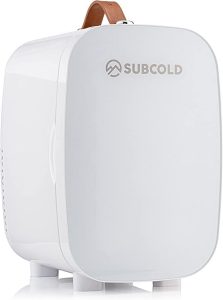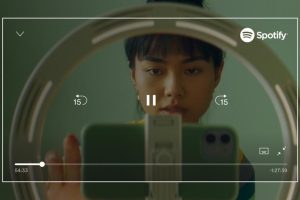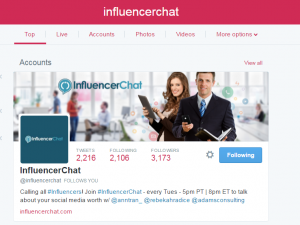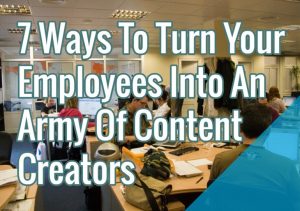Time to remove the digital dust from your LinkedIn profile – the network is about to become invaluable in 2017.
If you’re like a lot of professionals out there, you likely set up your LinkedIn profile years ago, promised to make use of it … and promptly forgot.
Now, you wonder what to do with all those requests to connect, and you’re curious if all this buzz about LinkedIn in the second half of 2016 should make you reconsider your activity (or lack thereof) on the network.
Spoiler alert: It should!
Deep Pockets + Rapid Growth = B2B Goldmine
LinkedIn has quietly built a massive platform, with nearly 500 million members in 200 countries and two new members joining the network every second.
In addition, Microsoft made a $ 26.2 billion bet on LinkedIn, purchasing the network in 2016, adding even more legitimacy to the platform’s rise beyond the old, outdated stereotype that it’s just a place for your virtual résumé.
In fact, LinkedIn now boasts the ability for its members to post jobs, find employees, hire freelancers, get online training, read industry-specific news and opinion, and much more.
Long story short: LinkedIn is a place where your ideal customers and clients in the B2B marketplace are hanging out, connecting and looking for news, training, vendors and resources.
What 99 Percent of LinkedIn Profiles (Still) Get Wrong
With all that in mind, you won’t make any waves on LinkedIn if your profile is set up poorly.
And, if you feel like your LinkedIn page needs some serious fixing, you’re far from unique.
In fact, I think still, to this day, 99 percent of LinkedIn profiles are set up and formatted the wrong way.
Here’s why: If you think about it, most professionals set up their profile up to read like a virtual résumé – it’s all about you … where you worked, awards you’ve won and job titles you’ve had.
Here’s the big problem with that: Your ideal clients, your ideal prospects and your ideal customers could care less about you!
Instead, they are far more concerned with themselves – with solving their most pressing professional problems and pain points.
To really make yourself appealing on LinkedIn, you must create what I call a “client-facing” profile.
Instead of being all about yourself, your LinkedIn profile should be all about your target audience. It should focus on what you do for clients, the problems you solve for your specific target audiences through the services and products you provide and so on.
Also, the more specific and niche you can get, the better off you’ll be.
With LinkedIn, after all, the riches are in the niches.
For instance, if you can target 2-3 ideal client or customer types (be it by industry, job title, etc.) and then tell those people how you can help them solve their biggest professional problems and achieve their professional goals, you’ll be onto the start of something special.
Although he never lived to see LinkedIn (or even the Internet, for that matter), Dale Carnegie knew what he was talking about when he wrote these words in his 1936 bestseller “How To Win Friends and Influence People”:
“Why talk about what we want? That is childish. Absurd. Of course, you are interested in what you want. You are eternally interested in it. But no one else is.
“The rest of us are just like you: we are interested in what we want.
So the only way on earth to influence other people is to talk about what they want and show them how to get it.”
When it comes to LinkedIn, you must build a profile that talks about what your clients want, and then shows them how working with you helps them get it.
If you do that, you’ll be in perfect position to ride the wave of business LinkedIn is going to unleash during 2017.
Digital & Social Articles on Business 2 Community(69)
Report Post




